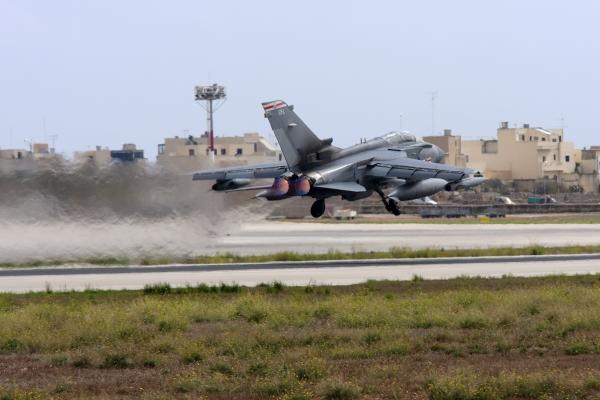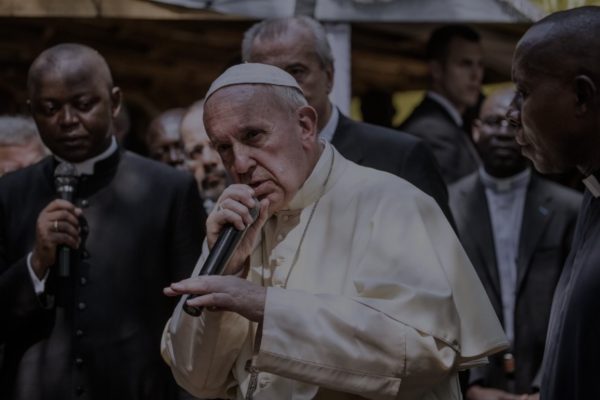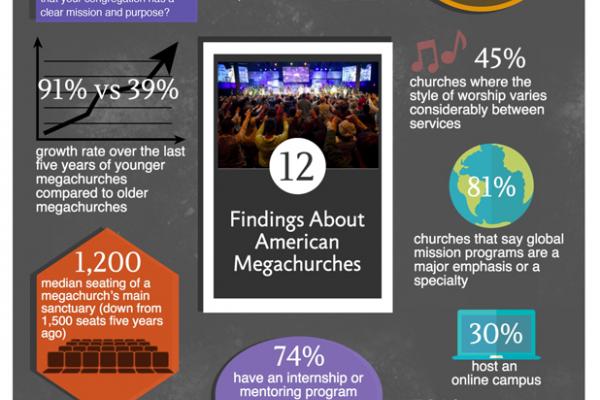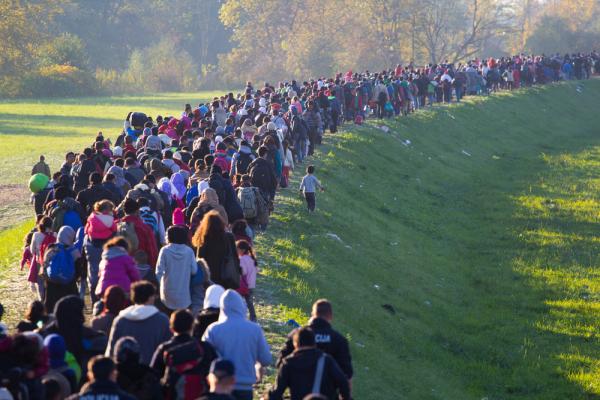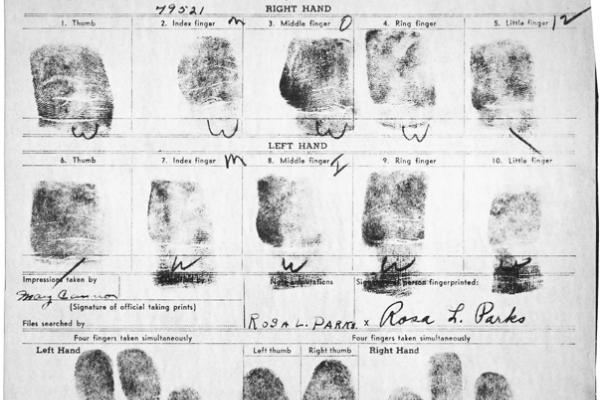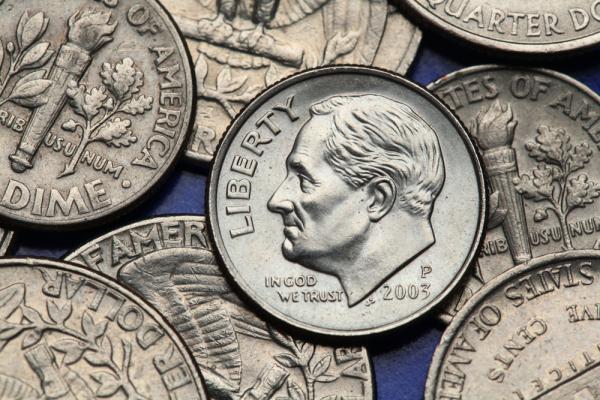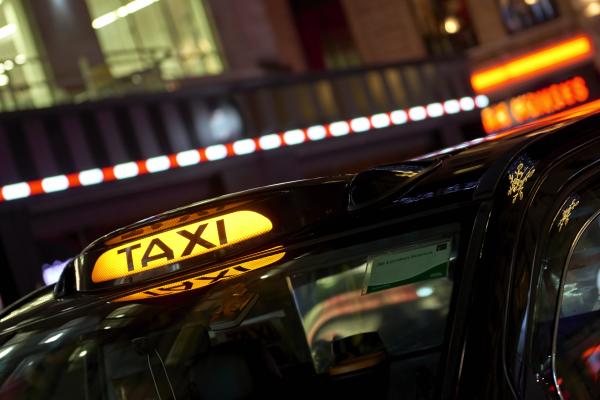The intellectual in exile is someone who completely removes him or herself from a society, culture, belief, or way of thinking in order to fully examine it. Said says that exile is the only complete way to get an understanding of how something runs.
As long as you are a part of the machine, in other words, you are blind to some of its constructive, and destructive, features.
The intellectual in exile does not need to remove him or herself from a popular city. You can be an intellectual in exile in any major cities around the country. What’s required instead is to remove yourself from your typical thought process. Challenge things.
The intellectual in exile is happy being uncomfortable. This constant struggle encourages them to constantly develop, and not ever settle for what is easy or popular.
Yet it is still important to keep yourself in good community. Said also said, “No one is totally self-supporting, not even the greatest of free spirits.”
I remain deeply disturbed by the visual of the small, black girl being tossed across the classroom by a “man” in a police uniform. Intellectually, I am aware that what appears to be an act of senseless violence is yet another contribution to a mountain of overwhelming evidence that black lives do not matter in our society. But I also know Ben as a loving human being, filled with a deep sense of compassion and justice. How do I reconcile the two?
I must step back and look more closely at the roots of his behavior. What led him to such force? Was it a trained response? Was there a personal antecedent? … Does it matter?
On the occasion of Martin Luther King’s assassination, Robert Kennedy spoke to an audience of black people in Indianapolis — one of the few major cities not to erupt in violence. Kennedy implored the audience to not react in anger at the “awful grace of God.” My friend Ben Fields is currently caught up in such a moment and I would like to help him navigate the treacherous waters where he has suddenly found himself.
The British Parliament voted Dec. 2 to begin a bombing campaign in Syria in order to disrupt ISIS.
The vote took place after a contentious ten-hour debate in the House of Commons. Prime Minister David Cameron’s comments that those opposed to the bombing campaign are “terrorist sympathisers” hung in the background of the debate.
Anyone who’s ever read Pope Francis’ writings knows his flair for lyricism. Take the following passage from his “Laudato Si’”:
“Through our worship of God, we are invited to embrace the world on a different plane. Water, oil, fire, and colors are taken up in all their symbolic power and incorporated in our act of praise.”
This week, the Internet decided to help the Holy Father with his lyrics, just in case he ever decides to drop a rap album (and honestly, who knows with Pope Francis? He’s full of surprises. He did release a prog-rock album recently — truly.)
The inspiration for the Internet’s collective creativity was the below picture, in which Pope Francis looks like he’s about to spit holy fire.
Change is coming to American megachurches — those behemoths for believers that now dot the religious landscape.
There are more participants in megachurch worship than ever.
“Last weekend 1 in 10 adults and children who went to a Protestant church went to a megachurch — about 5 million people,” said Warren Bird, director of research for Leadership Network and co-author of a megachurch study released Dec. 2.
But individual attendance is down to once or twice a month — or less.
The French government has banned mass gatherings during COP21 in Paris. So protesters have gotten creative.
The organization Brandalism has posted 600 pieces of artwork and fake advertisements all over the city that mimic real advertisements but actually denounce politicians and corporations for their apathy toward climate change.
Faith-based agencies that resettle refugees in America stand to gain more than a clear conscience if the United States — after what is expected to be a fierce debate in Congress — accepts a proposed 10,000 Syrian refugees next year.
More refugees also means more revenue for the agencies’ little-known debt collection operations, which bring in upwards of $5 million a year in commissions as resettled refugees repay loans for their travel costs. All nine resettlement agencies charge the same going rate as private-sector debt collectors: 25 percent of all they recoup for the government.
This debt collection practice is coming under increased scrutiny as agencies occupy a growing stage in the public square, where they argue America has a moral obligation to resettle thousands of at-risk Syrian refugees. Some observers say the call to moral action rings hollow when these agencies stand to benefit financially.
Rosa Parks held no elected office. She was not born into wealth or power. Yet sixty years ago today, Rosa Parks changed America. Refusing to give up a seat on a segregated bus was the simplest of gestures, but her grace, dignity, and refusal to tolerate injustice helped spark a Civil Rights Movement that spread across America. Just a few days after Rosa Parks’ arrest in Montgomery, Alabama, a little-known, 26 year-old pastor named Martin Luther King Jr. stood by her side, along with thousands of her fellow citizens. Together, they began a boycott. Three-hundred and eighty-five days later, the Montgomery buses were desegregated, and the entire foundation of Jim Crow began to crumble.
Black Friday, the day after Thanksgiving known for shopping, has become a rallying point for #BlackLivesMatter activists, not just retailers looking for a holidays bump in sales.
After the non-indictment decision in Ferguson, Rahiel Tesfamariam of Urban Cusp created the #NotOneDime boycott campaign, that “calls for a cease on all non-essential shopping from Thanksgiving through Cyber Monday and reclaiming Black Friday as a national day of action and service,” according to the campaign’s website.
When Time Magazine announced that Black Friday sales fell $1 billion this year, many on Twitter called it a victory for #NotOneDime.
Hate crimes in America dipped across the board in 2014, except in the category of anti-Muslim crimes, which rose about 14 percent over the prior year. Given the barbaric Islamic State attacks in Paris last week and elsewhere recently, that latter trend seems destined to accelerate.
The presence of hate crimes against Muslims is no new phenomenon. Prior to the 9/11 attacks, there typically recorded between 20-30 hate crime against Muslims per year and after 2001 that number rose to nearly 500.
This summer, we saw the murder of three Muslim students in Chapel Hill, N.C. On Nov. 15 in London, a man pushed a Muslim woman into an oncoming underground train. And on Thanksgiving Day, a man in a taxicab in Pittsburgh, Pa., shot his driver in the back for being Muslim.
These incidents do not need to be listed as statistics to validate reality but they do need to be heard.


